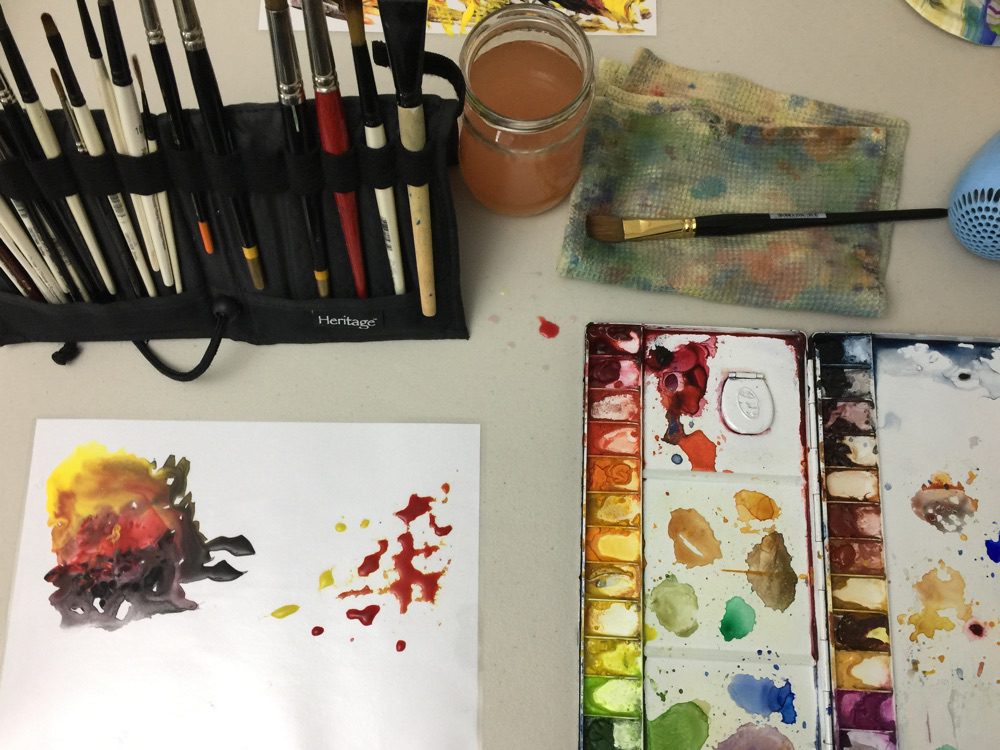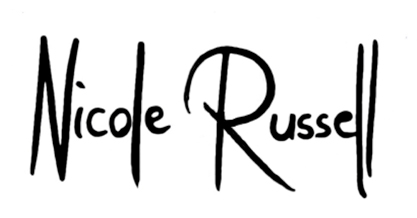
Art materials are expensive. How do I choose the right materials?
You are new to painting, very enthusiastic about starting your new passion and it’s time to go shopping. You wonder where to go, what to buy and how to choose? Here are some basic guidelines:
Where do I get my supplies?
The first question is where to go? Which shop do you think is the cheapest option?
- Your local professional art supply shop,
- The Warehouse Stationary,
- Spotlight, or
- The dollar shop/Variety Store/2Fantastic?
Careful, number 2, 3, or 4 are most likely the wrong answer. The cheapest option longterm is your local professional art supply store!
“Why is that?” you may ask , since everything in the professional art supply store seems to be so much more expensive compared to the other stores? The answer is simple: In a good art supply store you get advice and you are buying the right materials from the start. Without advice you can end up buying low quality materials that will get you frustratingly bad results. Which means that eventually you will go shopping again and your initial cheap shop option turns out to be more expensive than any of the options listed above.
As a beginner, do I start with cheaper or more expensive materials?
Even a local professional art supply store gives you the choice between cheaper and more expensive options. For example, you can find cheaper student grade paints and artist grade paints, which are more expensive. Then there is a whole variety of brushes, papers, canvases, palette knifes, etc. However, if you are a beginner, and depending on what you want to work with, you should go for artist grade paints, the best watercolour paper possible, good canvas, good brushes and don’t skimp on your palette knifes. Don’t worry we cover budget below. It’s only when you are more experienced that you can get away with cheaper materials. This sounds like the world up-side-down to you, right? However, here is one important thing to understand. Painters are process-driven. We create because we enjoy doing so. We like the feeling of the brush in our hand and the way it slides over the paper or canvas. We enjoy creating beautiful washes on our watercolour paper or the scumbling effect on the canvas. Not always will we create good works but at least we had fun on the way. Imagine a Michelin chef who has to create a 5-star meal and he has to work with a plastic fork, plastic knife and plastic spoon. Imagine how hard it is to chop carrots with a plastic knife (ouch!). An experienced chef may be able to cook something edible regardless but he will curse along the way and not enjoy the process. Soon there will be mutiny and no dinner on the table. It’s the same with painting. Cheap materials can make you suffer. The painting process gets frustrating and infuriating and what is worse, you might blame yourself for the disappointing outcome and stop painting. So you see, good materials are the better investment. However, don’t be fooled, if you work with good materials and you still screw it up, you can only blame yourself and not your materials.
Problems I experienced with cheap materials:
- Watercolour paper that soaks up the paint immediately and doesn’t let it flow or starts to flake when you try to rub some paint off.
- Canvases that are so loose that a wave becomes visible and it bounces with every brushstroke.
- Cheap paint that has to be applied in several layers to get the same consistency of one stroke with artist grade paint.
- Palette knifes with an uneven surface that don’t allow you to spread the paint evenly.
- Brushes that lose their shape after the first use, and have hair poking out in various directions, or lose their hair.
What if I have to work with a budget?
Ok, maybe it’s good to point out some compromises to fit your budget. Each medium (watercolour, acrylics or oils) have their must-haves and then some cheaper alternatives. Here we go:
Watercolours: When it comes to watercolours, the most important material is the paper. Without good paper the paint will not flow, no matter how brilliant the paints and brushes are. Therefore, don’t compromise with your paper. Compromise with your brushes and get the cheaper synthetic brushes and student grade paints.
Acrylics: I found that the good acrylic paints are very important. Some cheap paints have bizarre stuff flowing out of the tube, they create strange colours when mixed or they are a funny consistency and difficult to spread. Compromise with your brushes and choose the cheaper synthetic version. Canvases can be the cheap version, too.
Oils: Good quality brushes are very important when it comes to oil painting. Start with good quality synthetic or hog bristle brushes. Student grade paints are fine at the beginning and cheap canvases are too.
Every artist is unique in their approach and choice of materials and therefor there is never one right answer when it comes to material questions. As you progress as an artist you will quickly learn your favourites. However, having a good basis to start with can be very helpful and gets you going faster with pleasing results. I hope that helps.
Happy Painting!
Nicole
